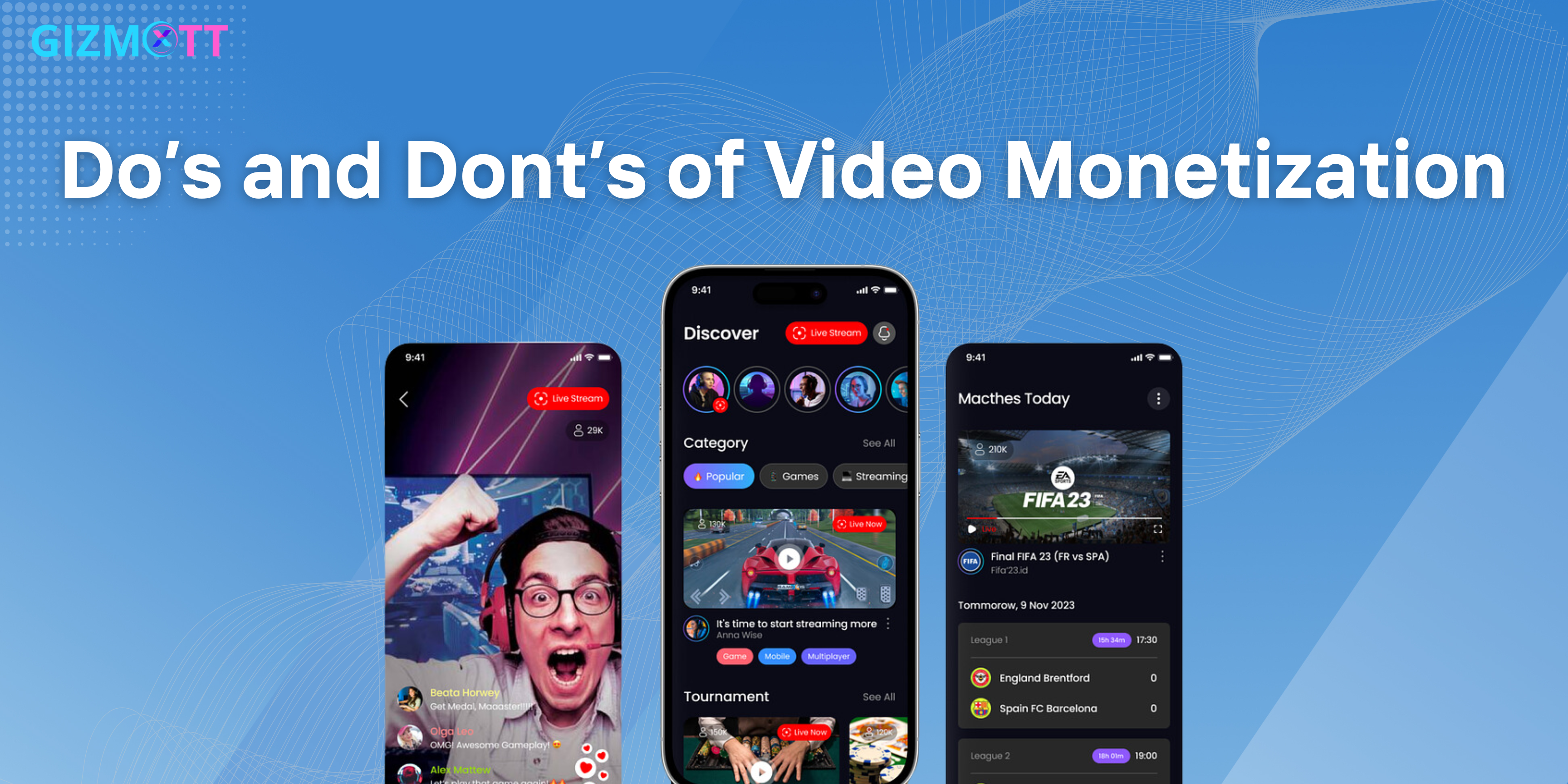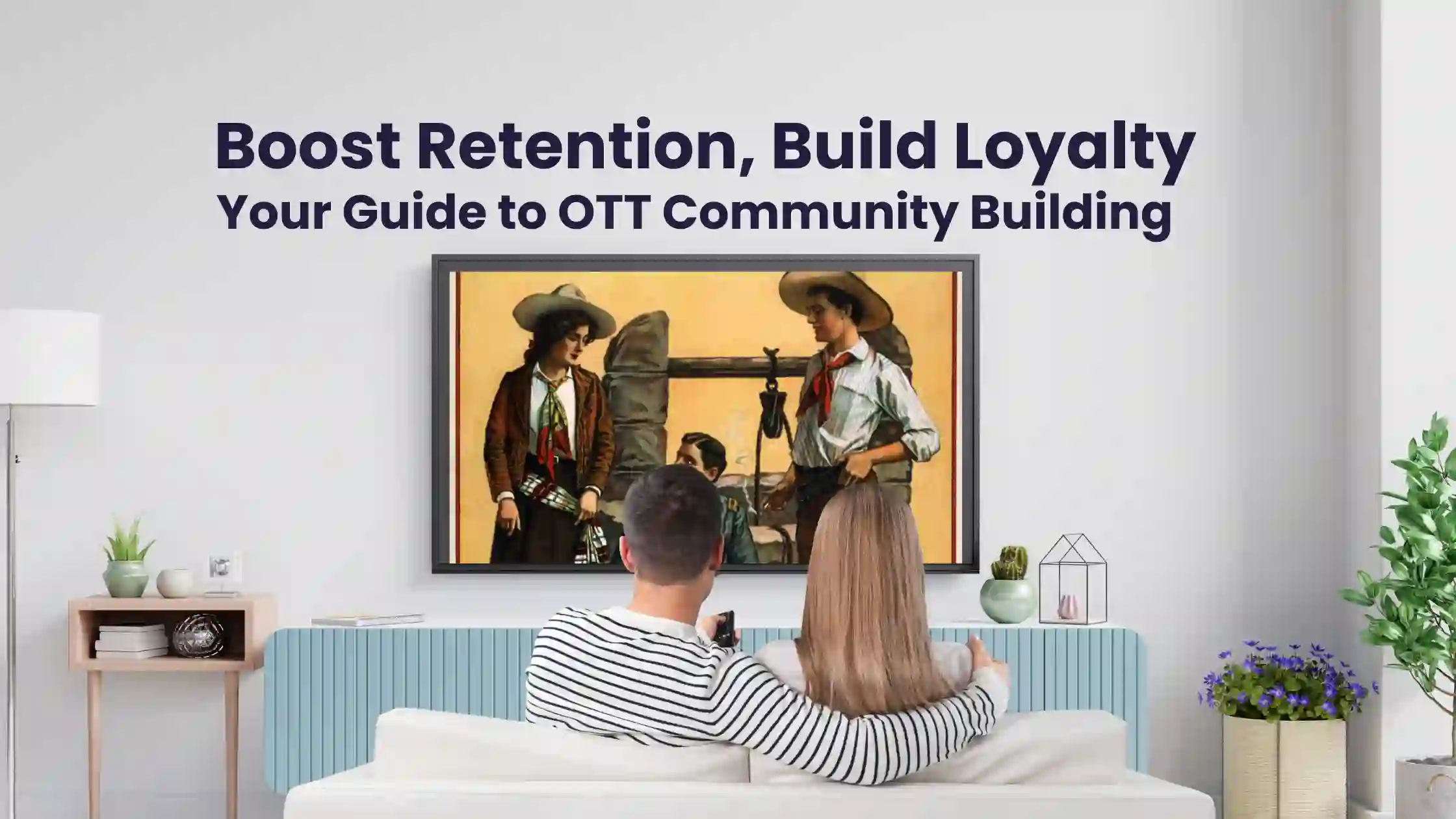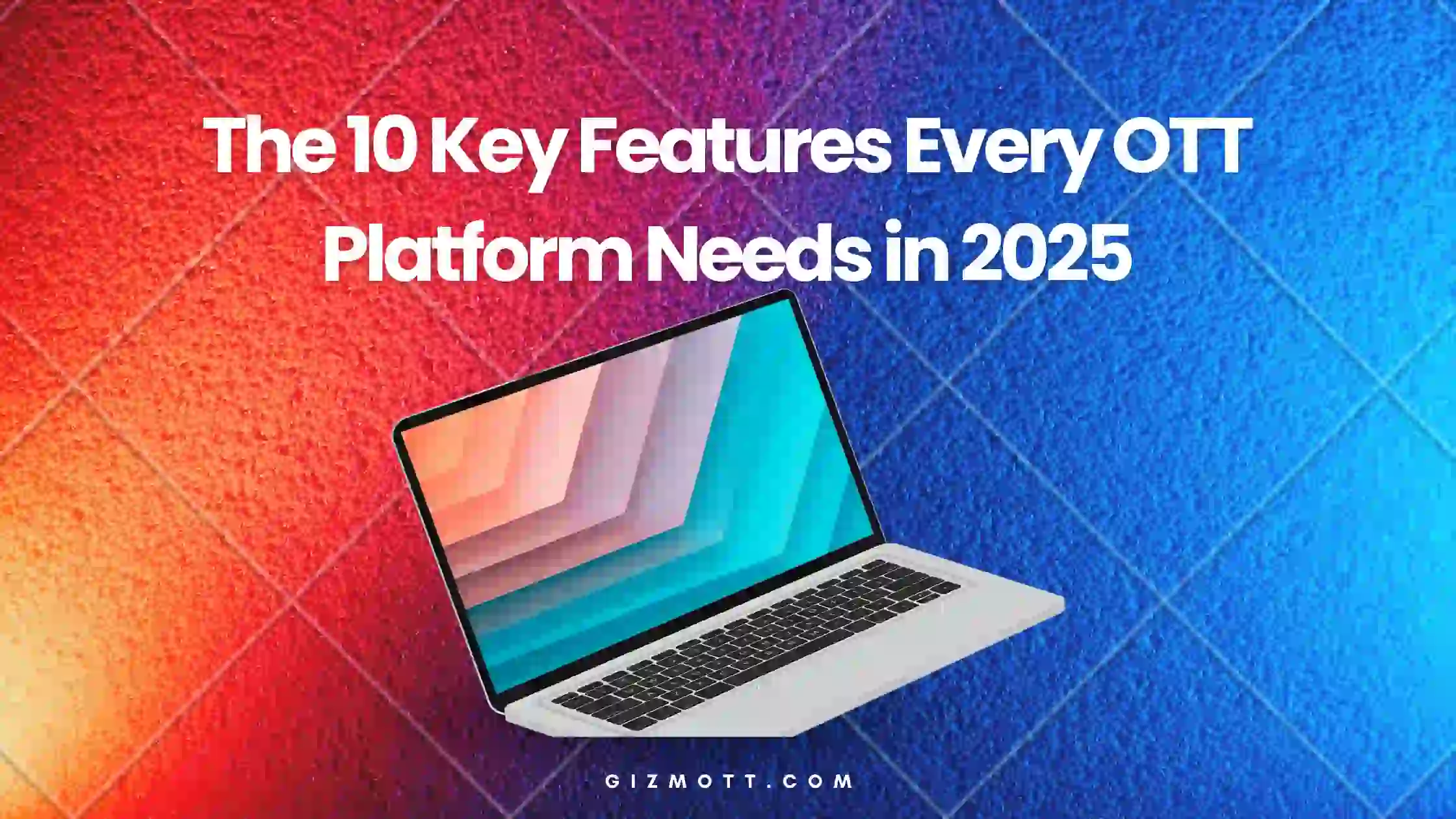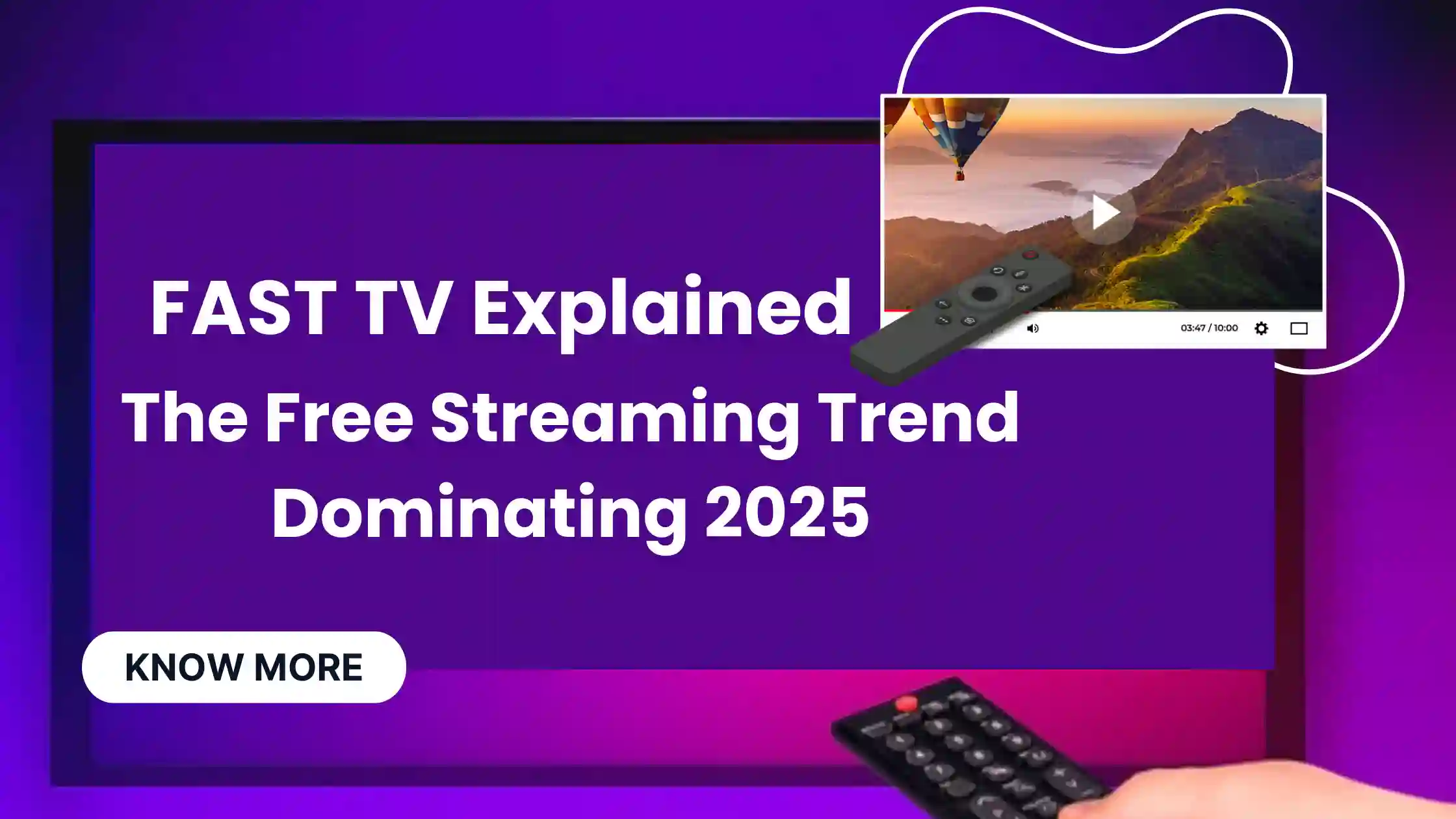Introduction:
In the rapidly evolving landscape of video streaming, effective monetization strategies are crucial for the success and sustainability of platforms. By offering diverse monetization options, focusing on user experience, leveraging analytics insights, and engaging with viewers, platforms can maximize revenue potential while maintaining audience satisfaction. However, it’s equally important to avoid common pitfalls such as overloading with ads, neglecting quality control, ignoring audience feedback, underestimating content value, and failing to adapt to changing market dynamics. Let’s explore the dos and don’ts of video monetization in video streaming platforms to optimize revenue generation and enhance viewer engagement.
Offer Diverse Monetization Options:
Providing a range of monetization models ensures that you cater to different viewer preferences and behaviors. Some viewers may prefer subscription-based access for unlimited content, while others may be more inclined towards pay-per-view options for specific content they’re interested in. Ad-supported models can appeal to those looking for free content, while sponsorship opportunities offer unique branding experiences.
Focus on User Experience:
User experience is paramount in video streaming platforms. Ensure that your platform delivers seamless playback, minimal buffering, and high-definition streaming to keep viewers engaged and satisfied. Implement features like customizable playback controls, seamless transitions between content, and personalized recommendations to enhance user experience and keep them coming back for more.
Leverage Analytics:
Analytics tools provide valuable insights into viewer behavior, preferences, and engagement patterns. By analyzing data on viewer demographics, content consumption habits, and interaction metrics, you can gain a deeper understanding of your audience and tailor your monetization strategies accordingly. Use these insights to optimize content offerings, pricing models, and advertising placements to maximize revenue generation while maintaining viewer satisfaction.
Experiment with Pricing:
Pricing strategies should be flexible and adaptive to changing market dynamics and viewer preferences. Experiment with different pricing tiers, promotional offers, and bundling options to find the optimal balance between generating revenue and retaining subscribers. Conduct A/B testing and analyze performance metrics to gauge the effectiveness of different pricing strategies and refine them based on audience feedback and market trends.
Engage with Viewers:
Building a strong community around your video streaming platform is essential for long-term success. Engage with viewers through interactive features such as comments sections, live chats, and social media integrations. Host live events, Q&A sessions, and exclusive content releases to foster a sense of belonging and loyalty among your audience. Encourage user-generated content and collaborations with influencers to enhance engagement and amplify your brand’s reach.
Overload with Ads:
Bombarding viewers with excessive ads can detract from the overall viewing experience and lead to frustration and disengagement. Avoid interrupting content with too many ads and ensure that ad placements are strategic, relevant, and non-intrusive. Balance revenue goals with user satisfaction to maintain a positive brand image and retain loyal viewers.
Neglect Quality Control:
Poorly executed ads, low-quality content, and intrusive ad placements can tarnish your platform’s reputation and drive viewers away. Prioritize quality control measures to ensure that ads are relevant, engaging, and aligned with your brand values. Regularly monitor ad performance, viewer feedback, and user engagement metrics to identify and address any issues promptly.
Ignore Audience Feedback:
Pay attention to viewer feedback and complaints regarding monetization practices, ad experiences, and content offerings. Address concerns and respond to feedback in a timely and transparent manner to build trust and credibility with your audience. Use feedback loops and customer surveys to gather insights and make data-driven decisions to improve user satisfaction and retention rates.
Underestimate Content Value:
Recognize the value of your content and avoid undervaluing it by offering it for free or at significantly discounted rates. Implement tiered pricing structures, premium content offerings, and exclusive access options to monetize high-value content effectively. Communicate the unique value propositions of your premium offerings to justify pricing decisions and encourage conversions among your target audience.
Fail to Adapt:
The video streaming landscape is constantly evolving, driven by technological advancements, shifting consumer behaviors, and emerging market trends. Stay agile and adaptable in your monetization strategies to remain competitive and relevant in a rapidly changing environment. Continuously monitor industry developments, consumer preferences, and competitive benchmarks to identify opportunities and challenges early and pivot your monetization tactics accordingly. Embrace innovation and experimentation to stay ahead of the curve and position your platform for sustained growth and success.
Conclusion:
In conclusion, mastering the art of video monetization in video streaming platforms requires a delicate balance of catering to viewer preferences, delivering exceptional user experiences, and adapting to evolving industry trends. By implementing best practices such as offering diverse monetization options, prioritizing user experience, leveraging analytics insights, and engaging with viewers, platforms can unlock new revenue streams and foster long-term audience loyalty. Conversely, avoiding common pitfalls such as overloading with ads, neglecting quality control, ignoring audience feedback, underestimating content value, and failing to adapt can preserve brand integrity and sustain growth in a competitive landscape. By continually refining monetization strategies and staying attuned to viewer needs, video streaming platforms can thrive in an ever-changing digital ecosystem. At Gizmeon, we specialize in crafting tailored streaming services through Gizmott, that empower you to optimize monetization strategies effectively.
What are the different monetization options available in video streaming platforms?
- Subscription-based access
- Pay-per-view (PPV) options
- Ad-supported models
- Sponsorship opportunities
How important is user experience in video streaming platforms for effective monetization?
User experience is paramount as it directly impacts viewer engagement and satisfaction, which in turn influences revenue generation.
Why is it crucial to leverage analytics in video monetization strategies?
Analytics provide valuable insights into viewer behavior, preferences, and engagement patterns, helping platforms tailor their monetization strategies for maximum effectiveness.
How can platforms experiment with pricing to optimize revenue generation?
Platforms can experiment with different pricing tiers, promotional offers, and bundling options to find the optimal balance between revenue generation and subscriber retention.
What are some effective ways to engage with viewers on video streaming platforms?
Engaging with viewers through interactive features like comments sections, live chats, and social media integrations fosters a sense of community and loyalty among the audience.
How can platforms avoid overloading viewers with ads?
By strategically placing ads, ensuring relevance, and limiting their frequency, platforms can prevent ad overload and maintain a positive viewing experience.
Why is it essential to prioritize quality control in video monetization strategies?
Poorly executed ads, low-quality content, and intrusive placements can damage a platform’s reputation and drive viewers away, underscoring the importance of quality control measures.
How should platforms respond to audience feedback regarding monetization practices?
Platforms should address concerns promptly, transparently, and implement changes based on feedback to maintain trust and credibility with the audience.
What strategies can platforms use to monetize high-value content effectively?should platforms respond to audience feedback regarding monetization practices?
Implementing tiered pricing structures, offering premium content, and exclusive access options are effective ways to monetize high-value content.
Why is it crucial for platforms to adapt to changing market dynamics in video monetization?
Adapting to evolving industry trends and consumer behaviors ensures platforms remain competitive and relevant, driving sustained growth and success in the long term.




